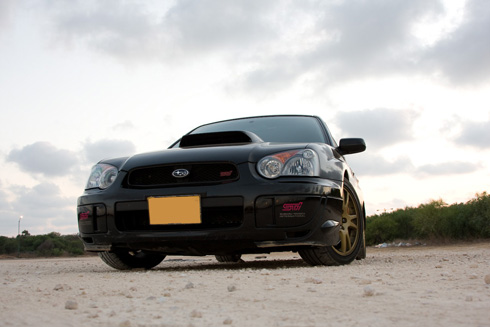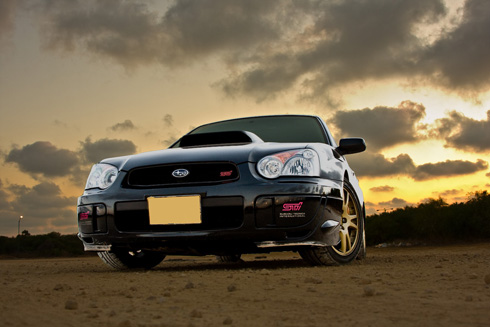In one of my recent articles I wrote about HDR photography (you can read it here). So I learned about HDR, and I played with it, and everything seemed pretty clear to me. Of course there are endless variations that can be done with HDR, and only your creativity is the limit, but during my explorations I kept stumbling into these strange words: “Pseudo HDR”. Most of the photos I saw under this title looked pretty much as ordinary photos, but some of them looked like real HDR, and if I wouldn’t see that “pseudo HDR” phrase, I would have thought that it was usual HDR.
So this got my curiosity up and running, and finally I found out what the words “Pseudo HDR” mean. I want to share this knowledge, and in order to do that I have to start with something else.
RAW camera format
Those of you who have advanced point-and-shoot cameras or any type of SLR camera know that you can choose that your camera will save the photos you shoot in RAW format (there is usually a choice between JPEG of different qualities and RAW).
When you choose to shoot in JPEG, it means that when you click on shutter release button, light comes through the lens and hits the digital sensor. Then the information from the sensor is processed by the internal computer of the camera according to the camera settings (choice of white balance for example), compressed to JPEG file format, and finally saved to the memory card. Now, and this is important, during the JPEG compression phase, some information that was recorded from the sensor during the shot is LOST forever. Because of this loss, when you process the image in photo-processing software, you are less flexible in the adjustments that you can do to the photograph without compromising its quality.
This is why there is RAW format. RAW format means that all the information that is recorded by the digital sensor of your camera during the shot is saved without any compression or processing by the camera’s internal computer. When you process RAW file in your favorite photo-processing software you can apply pretty radical adjustments to your photograph without compromising its quality.
One of such adjustments is exposure. You can pull up your exposure by about 2 stops without compromising image quality (well, maybe I exaggerated a little with two, but 1.5 for sure). I wrote especially about the adjustment of exposure because it is critical for the explanation of the Pseudo HDR, but another generally very important adjustment is white balance, so even if you set the white balance setting completely wrong during the shot, you will be able to change it during the processing.
Note: In order to process RAW files you will probably have to install special software (however in Photoshop there is a built in plugin – so that when you open a RAW file you will automatically get a RAW processing window. You can also process RAW files in Lightroom, and almost certainly in Picasa). For example Canon supplies RAW processing SW for free when you buy a camera.
And now I finally get to the point:
Pseudo HDR
Pseudo HDR photo is made from a single RAW file. As I said you can change the exposure settings of the RAW file without compromising on image quality. So basically you open the same file two or three times, each time setting different exposure, revealing different areas. Thus in low exposure you have good highlights, and in high exposure you have good and visible shadowed areas. Then you merge this to a single pseudo HDR image. You see, it is not a real HDR image, you didn’t take three different photos taken with different exposure settings, but you achieve similar effect.
Of course there are some drawbacks. For example if the scene you shoot has very deep shadows and very bright highlights, then single RAW photo just won’t do it because there is a limit to how much exposure range you can pull from a single photo.
So pseudo HDR is mostly used when you only have to make slight adjustments to the picture. For this article I tried to take Pseudo HDR to extremes and here is what came out of it.
This is the photo without any adjustments and exposure changes ( shot in RAW format):
And here is what came out after processing this single shot using exposure and other adjustments:
You can see that in the final photo shadowed areas are more clearly visible, and hilights (the sky) are not burned. I created this pseudo HDR photo in Photoshop, but if you don’t have Photoshop, or want an easier way to create HDR or pseudo HDR images, check out Photomatix.









Pingback: How to create HDR image in Photoshop | Photo Pathway
Pingback: Creative Conversion to B&W in Lightroom | Photo Pathway
Pingback: Enhancing Photographs in Lightroom | Photo Pathway
sir can you upload a video on how to do a pseudo hdr, thank you